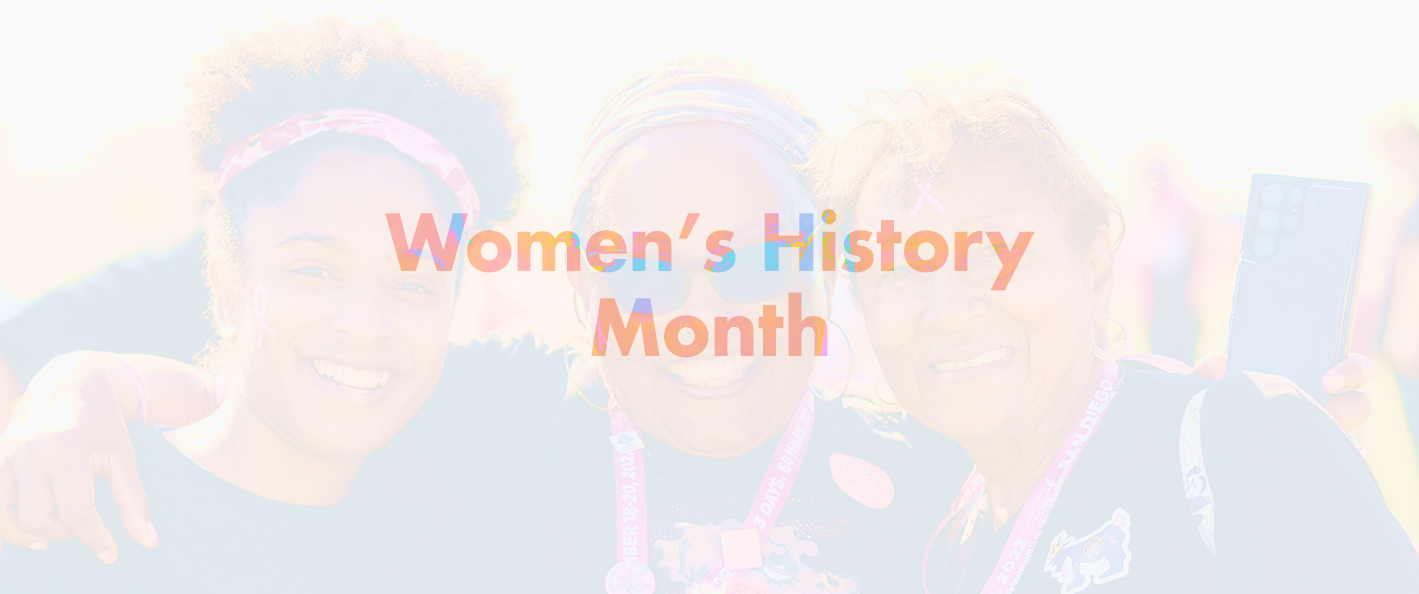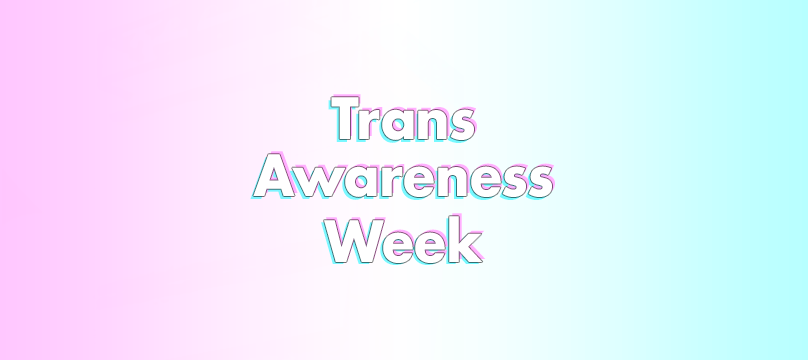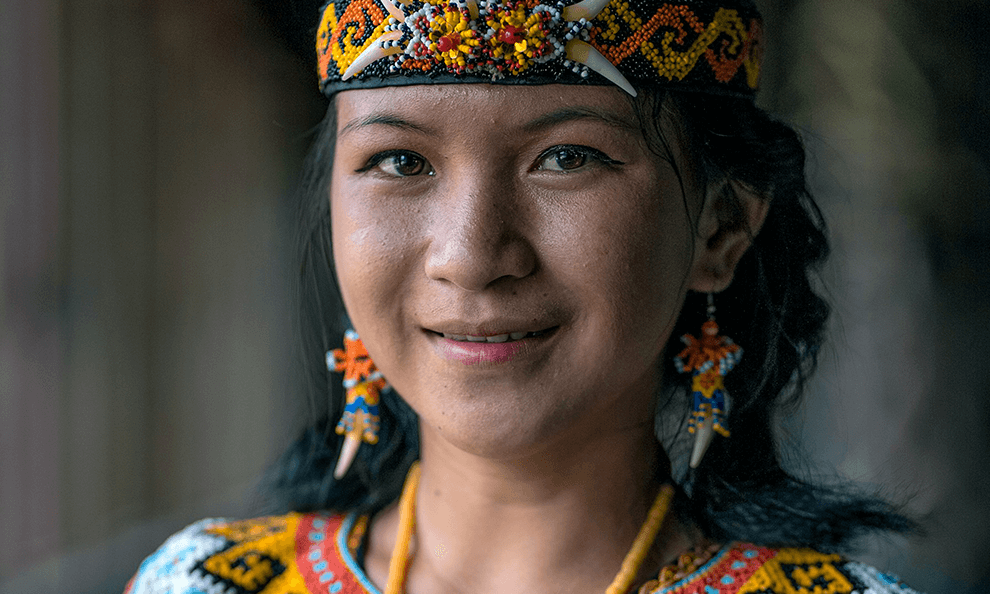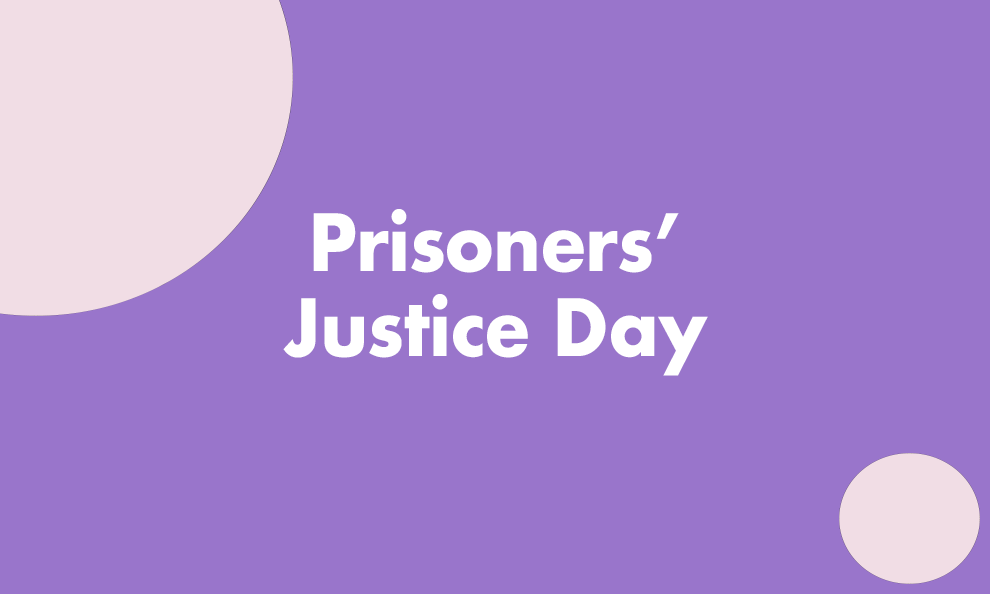As we observe Women’s History Month this March, we at Moyo HCS pause to reflect on the rich tapestry of women’s contributions across Canada and the globe—while centring those most often sidelined: Indigenous women; Black, racialised and 2SLGBTQIA+ women; women with disabilities; immigrant women; and other intersecting identities. Our lens is Canadian, but international in solidarity, acknowledging the shared struggles, triumphs and ongoing commitments to gender, racial and social justice.
Women’s History Month invites us to remember that history is not simply about “firsts” or individual achievements—but about communities, collective resilience and the deep roots of systemic inequality. When we include multiple identities—race, sexuality, Indigeneity, ability—we broaden our understanding of what women’s history is, and whose stories must be told.
Intersections at work
Indigenous women
- Indigenous women in Canada—First Nations, Métis and Inuit—face disproportionately high rates of violence, marginalisation and socio-economic disadvantage.
- For example: Indigenous women comprise only a small share of the female population, yet account for a much larger share of homicide victims.
- And, in very remote regions, First Nations women with registered treaty status may face crowded housing, low income, low post-secondary outcomes.
- At the same time, Indigenous women have long been knowledge-keepers, community leaders, land stewards and political actors—though their leadership is too often erased.
- Example: Thelma Chalifoux, a Métis woman, was the first Indigenous woman and Métis person appointed to the Canadian Senate.
- Example: Autumn Peltier (Anishinaabe) has become a powerful young voice for water rights and the environment in her community and beyond.
Thus, a Women’s History Month reflection in Canada must centre both the harms still endured by Indigenous women, and their leadership, creativity and survival.
Black, racialised & queer women
- In Canada, Black queer activists and organisers have been central to the LGBTQ2+ and civil-rights movements—even though their stories are often marginalised.
- For instance, in Toronto (and beyond), Black women and trans activists were “very visible” in the early Pride and queer-rights protests.
- In Black Canadian history, women’s organisations like The Coloured Women’s Club of Montreal (founded 1902) met the needs of Black women and girls in Montreal when mainstream institutions excluded them.
- Queer and racialised women also face what scholars call “intersectional invisibility”—where racism, sexism and homophobia converge.
While our focus is Canadian, it’s crucial to remember that many of the challenges and possibilities faced here reflect global patterns: colonisation, migration, gender-based violence, racialised labour, queer rights, and Indigenous sovereignty.
What can be done
- Amplify under-represented voices
- Embed intersectionality in the work you do
- Celebrate leadership and survival
- Educate ourselves on history, statistics, and by listening to lived experiences
This Women’s History Month is an invitation—to reflect, to honour, and to act. To honour the women who have often been invisible in mainstream narratives; to reflect on our collective duty towards equity; and to act by centring inclusion in everything we do.
Thank you for being part of this journey with us. Let’s move forward together — celebrating, supporting and learning from the diverse women who shape our society and inspire resilience every day.
References
- Indigenous women’s issues in Canada – The Canadian Encyclopedia
- Indian Act & discrimination of Indigenous women – Native Women’s Association of Canada (NWAC)
- Marginalization of Aboriginal women – Indigenous Foundations (UBC)
- Socio-economic conditions for Indigenous women and girls in remote Canada – Statistics Canada
- Timeline of women’s rights in Canada (including Indigenous women’s suffrage) – Government of Canada
- Black queer contributions in Canada’s LGBTQ2+ movements – Global News
- The Coloured Women’s Club of Montreal – Wikipedia
- Recognising LGBTQIA+ women of colour – Emtrain
- Indigenous trailblazers: Thelma Chalifoux & Autumn Peltier – Crown-Indigenous Relations and Northern Affairs Canada
- Métis women’s history in Canada – Métis Gathering










